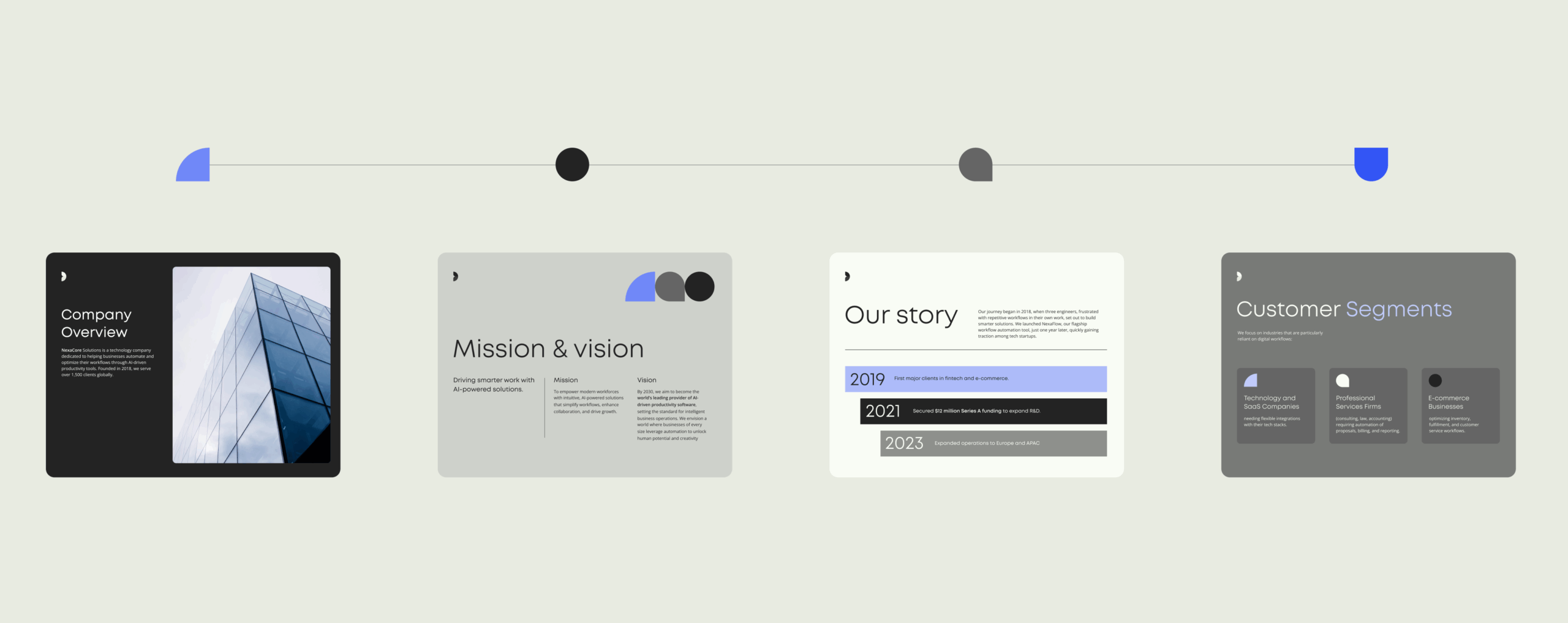Quick fixes to improve productivity in consultancy firms

Sometimes it can be difficult to practice what you preach.
We all know that the core competency of professional services firms is to provide businesses with expert advice to improve operational and commercial efficiencies and legal compliance. But professional services firms can also struggle internally to maintain these high standards. And in an industry where reputation is everything, protecting your brand is paramount.
There are many moving parts to consider when it comes to aligning organizational and branding compliance in professional services firms – ultimately taking resources away from core consultancy tasks and putting strains on productivity. Theses challenges generally fall into two categories: Brand compliance and legal compliance.
Issue #1: Brand compliance
Firstly, you have your brand compliance program that must be followed according to the governance scheme set up by your global marketing organization. Often your graphic materials are executed in outsourced graphics departments across borders and you depend on these partners to be updated on your brand compliance programs. However, you also need to follow guidelines in more sporadically executed campaigns, for presentations, sales materials and ad hoc deliveries locally. Local marketing and communications departments across the globe need to follow strict compliance rules and often, in turn, they lose agility and momentum. This can slow everyone down.
Moreover, your consultants are often too busy to go to that great, big corporate library to look for a corporate picture for their next presentation – and instead they will Google some off-brand content and use that instead. In terms of brand compliance, that is the worst thing that can happen!
Issue #2: Legal compliance
Secondly, legal compliance plays a vital role in your outbound communications as well as internally in your organization. It is essential that your disclaimers, copyrights etc. are up-to-date and 100% accurate (if in doubt just go ask your local Compliance Officer!). It can have legal consequences if these things are not aligned and it is your own responsibility to make sure you are working with the right compliance texts. When working with consulting inside tax, accounting and cybercrime for big clients, you cannot afford to underestimate the importance of legal compliance.
In PWC’s State of Compliance Study 2016, 89% of respondents indicated that their compliance officer’s areas of responsibility lay primarily inside the areas of monitoring. Compare that to the 82% attributed to the areas of advising and counselling business unit managers and employees, something that you’d think would be the greatest responsibility in this role. Clearly a lot of time and a vast amount of resources spent on internal governance!
3 quick ways to improve productivity
In order to improve workflows in a professional services firm, three main fixes can help make your organization dramatically more effective. And that goes whether you are a Big 4 professional services firm or a smaller firm working with professional advisory, accounting or law.
1. Digitize your brand asset distribution
Long gone are the days when you need to print out a brand manual, distribute it throughout your firm and pray it doesn’t just gather dust somewhere on a shelf. At a bare minimum, your brand guidelines are probably already somewhere online or in your intranet with some downloadable logo files. But even if this is the case, your branding team still does a lot of work monitoring and deploying the use of logos, fonts, images and layouts throughout your firm. Luckily modern technology has a few solutions for you to cut down these tasks and safeguard your branding efforts.
Digital asset management (DAM) tools like Bynder and Brandworkz offer centralized content hubs for your brand ecosystem. When integrated with Templafy, these DAM systems can bring all of your up-to-date brand content right inside of employee office applications, so that they can easily access and use the best practice content in their work.
2. Automate templates for legal compliance
Across a large, complex and global organization with many stakeholders, it is almost impossible to manage a legal compliance setup without having a template that works on all of your digital platforms. You need to know exactly which disclaimer you need to have on your bid, in your email, on your presentation and any other outbound communication you deliver – across multiple Microsoft products (Word, PowerPoint, Excel, etc.).
Without clear guidance from your compliance team, you are lost! Therefore, automate your templates and host them in the cloud where your global compliance team can edit them and apply them to the relevant platforms around the world.
3. Move governance tasks into the cloud
Instead of having your administration (secretaries, personal assistants) or IT department manage the governance of compliance materials manually, move your templates into the cloud and integrate it automatically into all your documents and your Microsoft Office package. This way, you free up a lot of resources and make sure that your consultants, lawyers and accountants are actually spending their time focusing on their core competencies and not what disclaimer is the newest one and where to fit it on his or her presentation.
Templafy’s real-time administration dashboard and cloud-based templates, which are fully integrated with your organization’s Microsoft package, allows you to improve significantly on exactly these three parameters. You can more easily enable your governance programs and increase productivity across your organization, when working with company documents, presentations, emails etc. On top of that, you can automate workflows when writing contracts, proposals and sales collateral.
Templafy was launched in as an enterprise cloud service in 2014 and has since established itself as a global market leader within its category validated by blue chip enterprise clients on all continents and offices across the globe.
With Templafy, global businesses safeguard their brand integrity and employees create professional and legally compliant documents faster. It’s a solution that marketing, communication and compliance teams can control, that IT can trust and that everyone in an organization loves using day-to-day.


